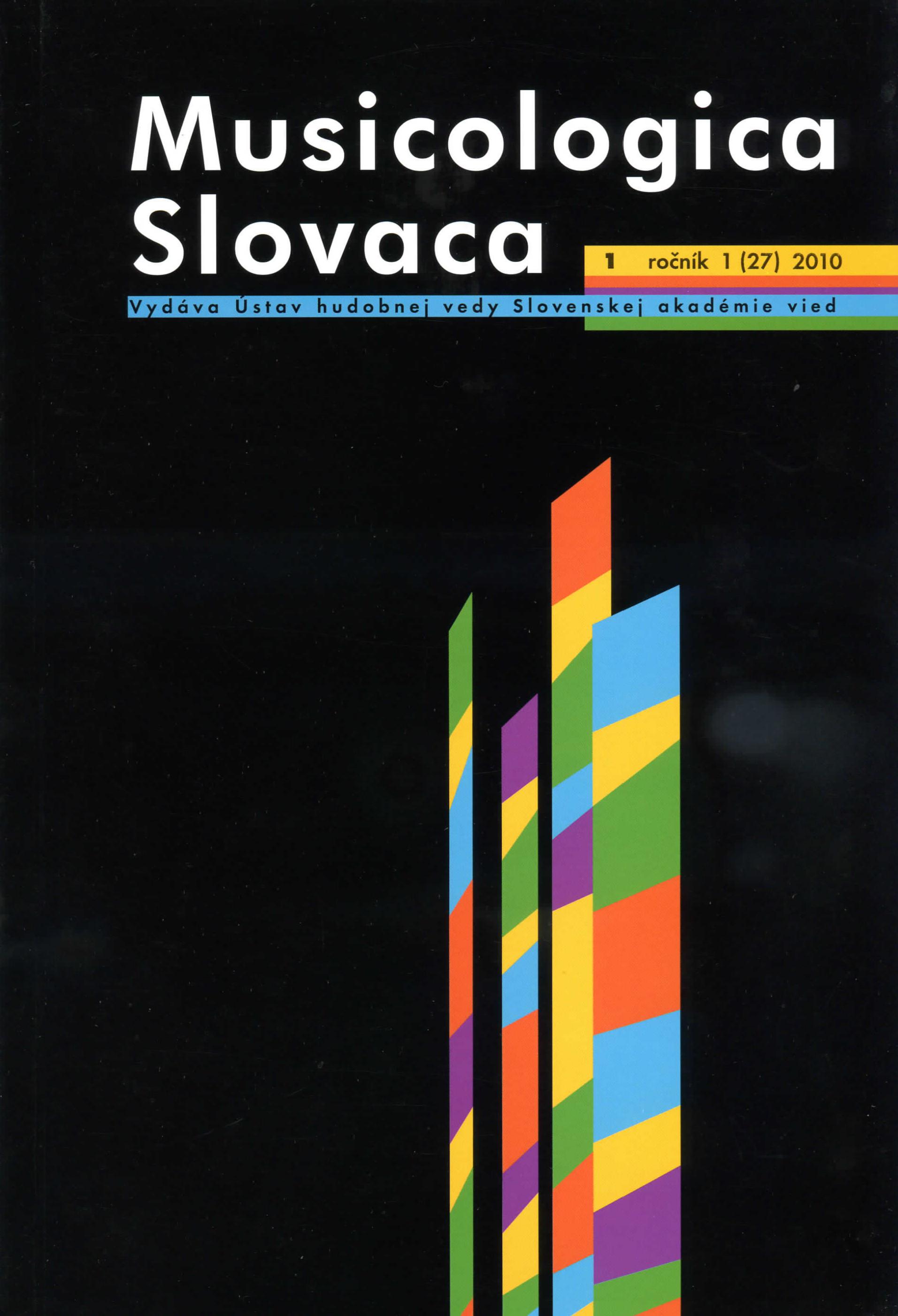
We kindly inform you that, as long as the subject affiliation of our 300.000+ articles is in progress, you might get unsufficient or no results on your third level or second level search. In this case, please broaden your search criteria.

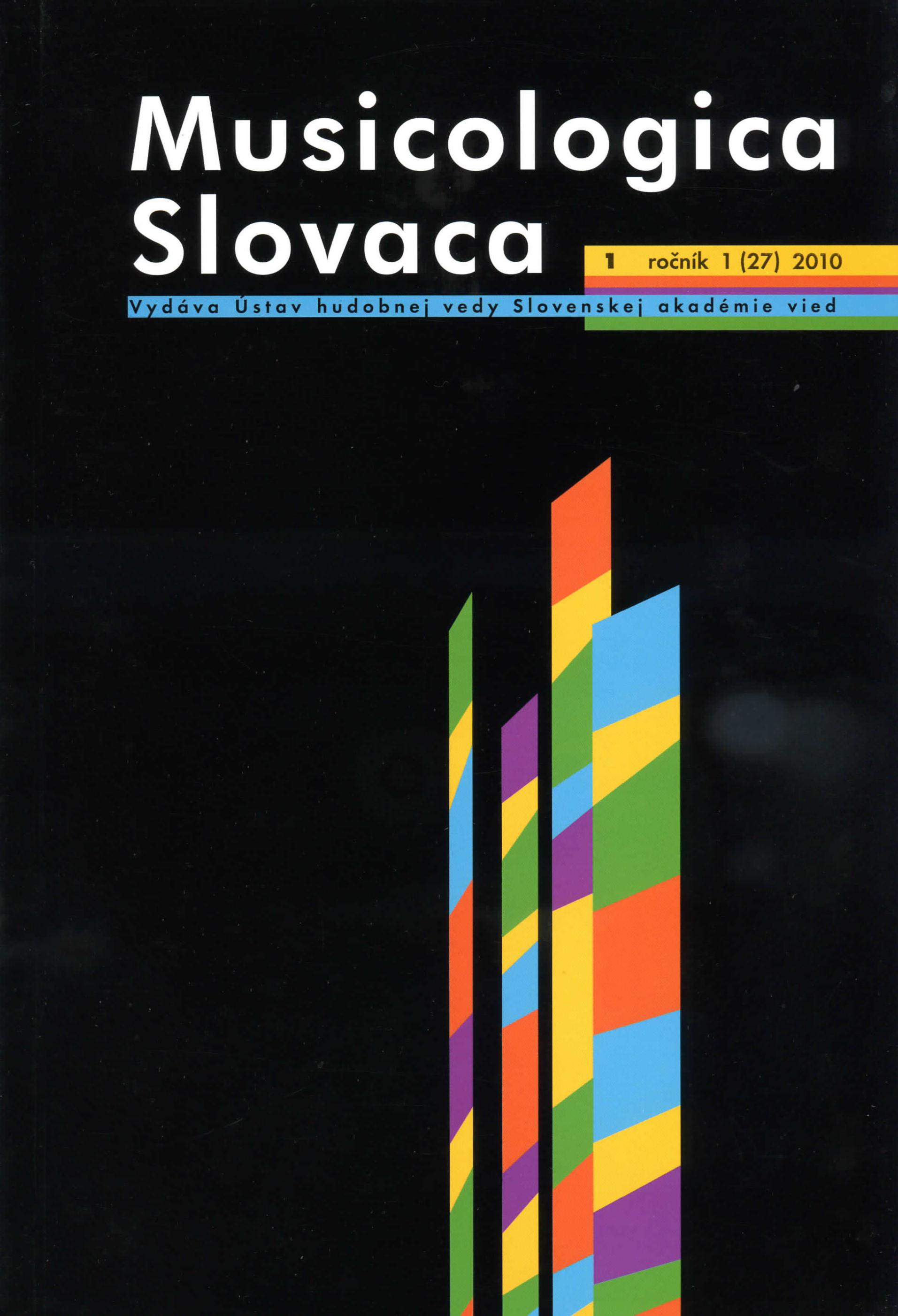
This study deals with the music performed and musicians present during Maria Theresia’s prolonged stay in Pressburg in 1741 in conjunction with her coronation as King of Hungary. The role music and ceremony played during this pivotal junction in the history of the Habsburg monarchy are considered within the context of the War of the Austrian Succession and are contrasted with other coronations which took place in Pressburg, Prague and Frankfurt (predominantly in the 18th century). This article employs a diverse range of manuscript and printed sources found in the Viennese Haus-, Hof- und Staatsarchiv that provide an insight into matters of imperial court policy, ceremony and finance. Detailed descriptions of coronation ceremonies, with aparticular focus on the number and placement of musicians, are provided and practicalities such as travel and accommodation are touched upon. The royal party’s activities – in particular church services and celebrations involving music – in the Viennese “suburb” are also outlined in detail in the form of a calendar of events. In addition, numerous transcriptions of documents pertaining to music and ceremony are provided.
More...
The composer Ján Levoslav Bella (1843 – 1936) maintained close contacts with personalities of Czech musical culture, especially in the years 1868 – 1881 and 1921 – 1936. Thanks to this he took a more intensive interest in Czech literature, which ultimately led to his taking a number of Czech literary models to set to music. The following works are extant: choirs to words by František Sušil (St. Cyril’s Deathbed Prayer) and Adolf Heyduk (Little White Shirt, I’m a Great Lady!), songs for voice and piano Good Night and To the Singers to words by Eliška Krásnohorská, the opera fragment Jaroslav and Laura according to the verse drama by Václav Pok Poděbradský, and a song for higher bass and orchestra Credo to words by Jaroslav Martinec. The study is centred on analysis of individual works, taking into account the circumstances of their emergence and reception.
More...
This article presents hitherto unpublished letters from the Slovak composer and pedagogue Ján Levoslav Bella to the music critic, editor, organiser, pianist, conductor, and composer Jan Ludevít Procházka. Two letters and one commemorative inscription of Bella augment the correspondence between the two men published in 1924 by Dobroslav Orel, which is more or less one-directional from Procházka to Bella. These new sources are preserved in the Procházka album deposited in the Czech Museum of Music (part of the National Museum) in Prague. The letters attest to Procházka’s importance for Bella’s development as a composer during the time when he wrote his symphonic poem Osud a ideál (Destiny and Ideal).
More...
Béla Bartók gathered folk songs in Slovakia during the years 1904 – 1918. Based on Bartók’s correspondence from this period as hitherto published in Hungarian, the author has excerpted information about his journeys to Slovakia. In chronological order she elucidates the regions where he conducted fieldwork, the localities of his collecting activity, his contacts with singers, and the situations accompanying his documentation in the field. From the correspondence there is selected citation of Bartók’s commentary, which is valuable as the authentic testimony of an ethnomusicologist from his journeys in search of folk song and folk music.
More...

Omnibus fiebat omnia. Kontexty života a díla Fridricha Bridelia SJ (1619 – 1680). (=Antiqa Cuthna 4/2008.) Eds. Marie Škarpová, Pavel Kosek, Tomáš Slavický, Petra Bělohlávková. Praha : Státní oblastní archiv v Praze – Státní okresní archiv Kutná Hora & Koniasch Latin Press, s. r. o., 2010, 303 s. ISSN 1803-1374. ISBN 978-80-86772-51-6. ISBN 978-80-86791-89-0
More...
Jan Baťa (ed.): Codex Kuttenbergensis. Kutnohorský kodex. Clavis monumentorum musicorum Regni Bohemiae (CMMRB). Series A I. Praha : Koniasch Latin Press, 2008, 242 s. ISBN 978-80-86791-21-0
More...
Jana Kalinayová-Bartová: Hudba v stredovekom výtvarnom umení na Slovensku.Edícia Musaeum Musicum. Bratislava : Slovenské národné múzeum – Hudobné múzeum, 2011, 222 s. ISBN 978-80-8060-266-6
More...
Karol Medňanský: Poetika hudby 17. – 18. storočia. Prešovská univerzita v Prešove, Fakulta humanitných a prírodných vied, Prešov 2010, 166 s. ISBN 978-80-555-0219-9
More...
Ľubica Droppová – Eva Krekovičová: Počujte panny, aj vy mládenci... Letákové piesne zo slovenských tlačiarní. Bratislava : Eterna Press – Ústav etnológie SAV, 2010, 495 s. ISBN 978-80-969259-3-3
More...

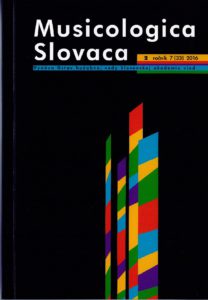
This article addresses the question, hitherto very little studied in Slovakia, of the Piarist theatre and the part played in it by music. The Piarist school drama, while it has a number of features in common with that of the Jesuits, also differs from the latter in several respects. There is not only a wider thematic scope and a greater stress on secular themes but also a different structure of the school drama in detail. We take as our starting point the relevant passages concerning drama in Vita poetica (1693), an authoritative textbook on poetics by Fr. Lucas Mösch a S. Edmundo SchP. In our text we provide a concise analysis, based on primary and secondary sources, of the level of the Piarist theatre, seen in terms of the musical component, in the individual colleges (the most important of which were in Podolínec, Prievidza and Nitra). A number of performances must have attained an excellent standard musically. The Piarists (like the Jesuits) in the beginning had prominent musicians collaborating in their dramas. However, from the 1770s the musical component of the Piarist theatre fell into gradual decay.
More...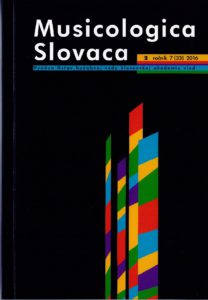
Karol Plicka (1894–1987) was one of those 20th century Czech and Moravian collectors who worked in Slovakia during the interwar period, making a fundamental contribution to developing the concept of the folk song, as applied in collecting practice within Slovakia. By probing the records of Slovak folk songs from Dohňany village (Trenčín region), the study gives a close-up view of Plicka’s collecting method (making transcriptions directly in the fi eld) and technique of recording (melodic and textual rough copy, fair copy). Plicka’s records from Dohňany village were subjected to a source critique, on the basis of which the number of song units was established, i.e. the overall extent of the song repertoire documented in this village (72 songs). Th e song records were analysed not only in terms of the technique of entry-making but also of the genre structure and musical-stylistic characterisation of the repertoire recorded.
More...
Alžbeta Lukáčová: Samko Dudík a jeho kapela. Fenomén výraznej osobnosti v tradičnej hudobnej kultúre. Bratislava : Ústav hudobnej vedy SAV, 2010, 240 s. ISBN 978-80-89151-30-1
More...
Janka Bednáriková: Frammenti gregoriani in Slovacchia. Fragmenty rękopisów gregoriańskich na Słowacji. Lublin : Norbertinum, 2009, 154 s. ISBN 978-83-7222-371-5
More...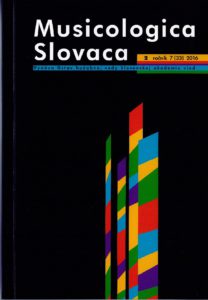
Review of: Eva Veselovská: Catalogus fragmentorum cum notis musicis medii aevi e civitatibus Modra et Sanctus Georgius. Bratislava : Institut für Musikwissenschaft der Slovakischen Akademie der Wissenschaften, 2008, 131 s. ISBN 978-80-89135-22-6
More...
Review of: Przybyszewska-Jarmińska, Barbara: Historia Muzyki Polskiej. Tom III, BAROK, część pierwsza, 1595–1696. Ed. Stefan Sutkowski. Warszawa, 2006, 679 s. ISBN 83-917035-5-X. Przybyszewska-Jarmińska, Barbara: The History of Music in Poland. Vol. III, The BAROQUE, part 1: 1595–1696. Preklad: John Comber. Ed. Stefan Sutkowski, Warszawa, 2002, 690 s. ISBN 83-917035-0-9.
More...